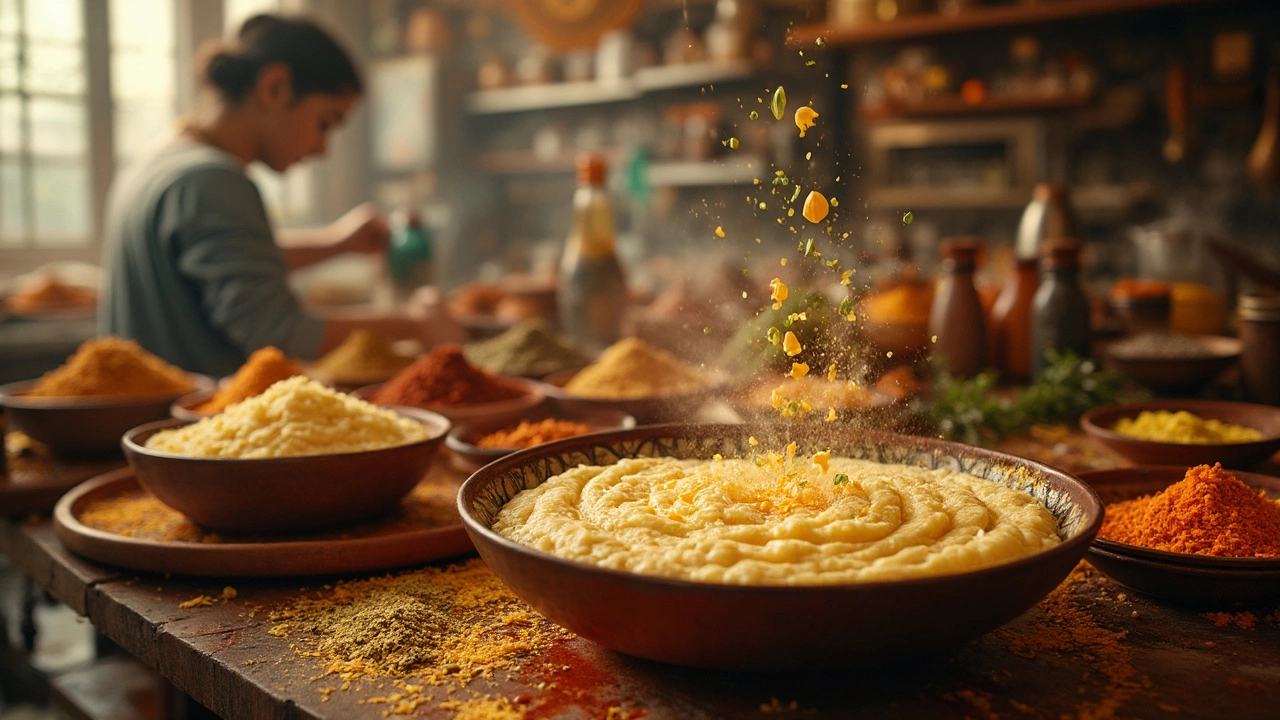Fermentation Techniques for Authentic Indian Flavors
When working with fermentation techniques, methods that use natural microbes to transform foods, enhancing taste, texture, and shelf‑life. Also known as natural fermentation, they are the backbone of many Indian staples. Understanding how dosa batter a rice‑lentil mix that ferments to create airy, crisp crepes works lets you speed up the process without sacrificing flavor, while mastering pickling the preservation of vegetables in brine or acid, creating tangy accompaniments adds zing to any meal. These techniques require a bit of patience, the right temperature, and a few kitchen tricks, but the payoff is a depth of taste that shortcuts simply can’t mimic.
Why Fermentation Matters in Everyday Cooking
Fermentation techniques are more than a tradition; they’re a science that changes sugar into acids, gases, and flavorful compounds. For example, the same rice‑lentil blend that becomes dosas can also turn into idlis, which are soft, spongy cakes when the batter ferments longer. The process requires warm ambient conditions (around 30‑35 °C) and a short resting period, typically 8‑12 hours for a quick batch. If you’re short on time, adding a pinch of baking soda or a splash of curd can kick‑start the microbes, a tip many home cooks swear by. Another related method is curd fermentation itself, where fresh milk turns into yogurt through lactic acid bacteria, providing the acidity that helps dough rise and flavors develop.
Beyond batter, fermented chutneys and pickles showcase how salt and spices work with microbes to create layered tastes. A simple carrot pickle fermented for three days will develop a sweet‑sour balance, while a coconut chutney left to sit for a day gains a mellow tang that brightens any curry. These examples illustrate how fermentation techniques intertwine with seasoning, storage, and cooking methods, turning basic ingredients into standout dishes.
Now that you see how dosa batter, idli mix, pickling, and curd all connect through fermentation, you’re ready to dive deeper. Below you’ll find a curated set of articles that walk you through quick fermentation hacks, troubleshooting tips, and secret flavor boosters to level up your Indian cooking game.

Quick Dosa Fermentation: Tips for Getting the Best Results
Speeding up the dosa fermentation process without sacrificing flavor can be quite the culinary challenge. This article explores practical tips such as using warm environments and adding secret ingredients like fenugreek. Discover time-saving techniques and understand the role of climate in perfecting your dosa batter. Get ready to revolutionize your kitchen game with these quick and effective strategies.

Quick Tips to Ferment Dosa Batter Effectively
Fermenting dosa batter can sometimes take longer than we'd like, especially with traditional methods. Discover several simple techniques to speed up the process without compromising taste or texture. Learn the role of ingredients like fenugreek seeds, the importance of temperature, and how batter consistency can impact fermentation time. With these practical tips, you'll have your dosa batter ready quicker than ever, ensuring delicious, crispy dosas every time.